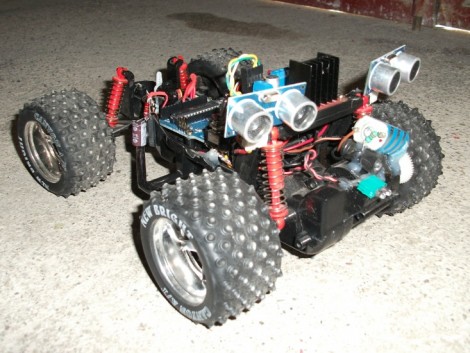
Originally, [Karman] wanted to build a speedometer for his bike. Feature creep makes fools of us all, so after a month of work [Karman] had a GPS-enabled cube that tells him his current latitude and longitude, current time, course, direction and speed.
[Karman]’s GPS cube uses a cheap GPS module, Arduino Mini Pro, a magnificent OLED display, and a LiPo battery salvaged from a first gen iPod nano. Surprisingly, the build is very clean – there are no wires, headers, or random epoxy globs sticking out everywhere. The entire build is just a bit larger than one cubic inch, allowing [Karman] to carry around the power of a GPS device in his pocket.
The code for [Karman]’s GPS cube uses the TinyGPS library for Arduino, that has a few great functions that track the number of satellites visible and report the current time. Now all that’s left to do is fabricate a case for this awesome little project. As always, video demo after the break.














